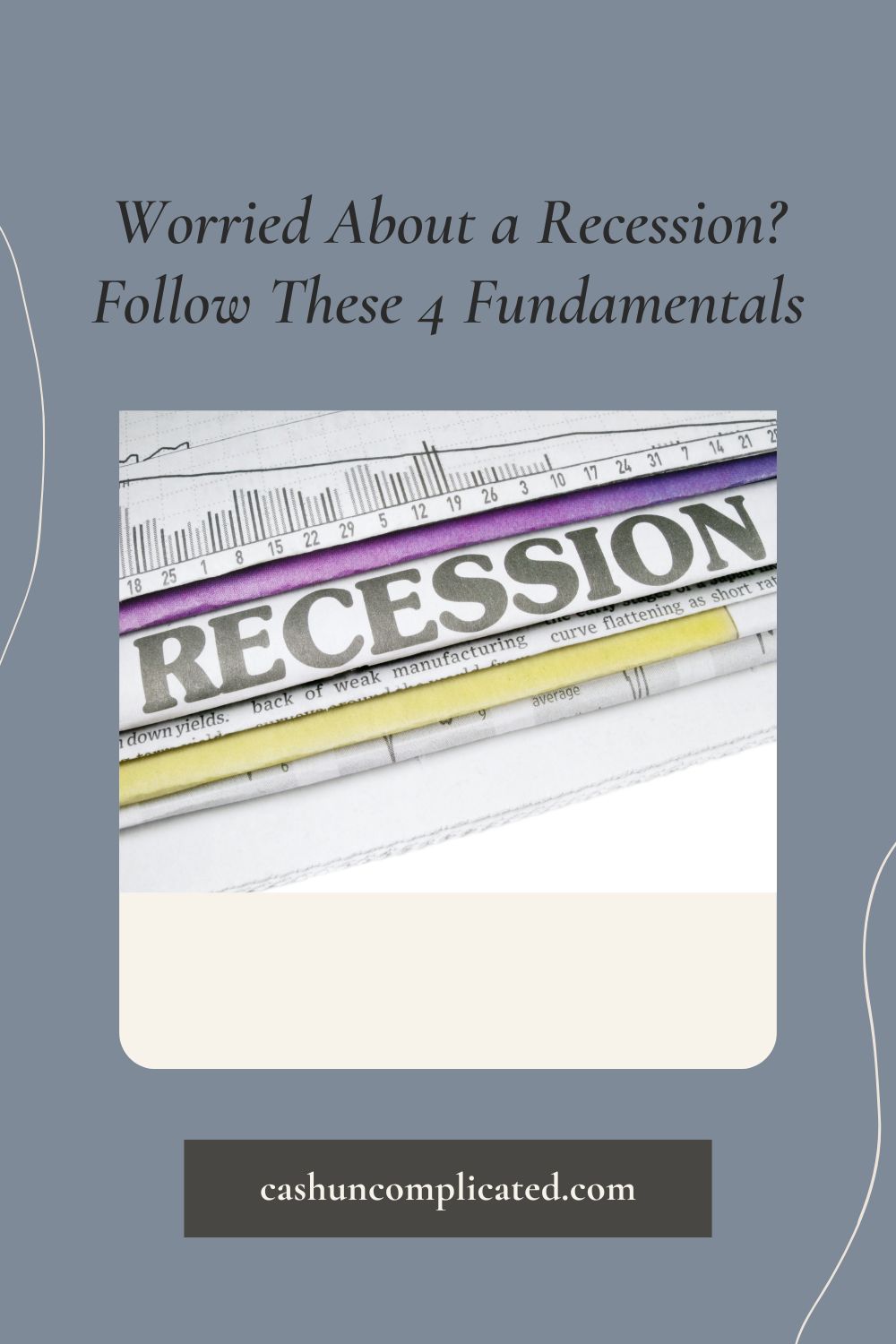As we’ve written about many times before, personal finance seems like a complex topic. With so much information (both good and bad) available, things can get really confusing.
One minute we’re reading or watching something about saving. Then an ad comes on about debt reduction. The next minute it’s about the best investment this year and why you need to get in now, or forever regret it. Then something comes on about home ownership and taking advantage of today’s low interest rates.
It’s easy to see why so many people get overwhelmed about money. There’s the often quoted “knowledge is power”, which I agree with because I’m a big believer in education. But can too much knowledge and chasing the wrong knowledge be detrimental?
I think it can be, which is why I’m a proponent of simplifying (obviously with a website called Cash Uncomplicated and a book with the same title). While I do believe that knowledge is power, I also believe that it has to be the correct knowledge for the situation.
If I’m someone just getting started in personal finance and need strategies to get out of debt, there’s not a lot of use in learning advanced investment strategies. Those strategies might benefit me in the future, but for now, I’d be better off learning debt payoff strategies.
Related:
What if You Sold Your Debt Instead of Paying it Off?
Likewise, someone who invests in index funds exclusively doesn’t have a lot of reason to learn about complex real estate investment strategies if they’ve already decided real estate investing is not for them. It might be great information, but it’s not useful to that particular person.
It’s easy enough to say we all need to be focused, eliminate the distractions, and simplify, but how do we go about doing it? Here are four steps to simplifying your personal finances for people of all different skill levels.
1). Think About Your Current Needs
This is the first of the four steps to simplifying your personal finances, or the assessment phase. Think about your current needs. Are you a beginner and need just basic info to get started making smarter financial decisions? Do you need to get out of debt? Are you in a position where you want to increase your investments? Think about your most pressing need.
I recommend listing a maximum of a couple items here. Even just one item will work. When people start listing multiple things, it can get confusing, and it’s easy to lose focus when that happens.
For example, if someone needs to get out of debt, they would list “get out of consumer debt.” The majority of their personal finance efforts would go to paying down consumer debt. Personal finance books would be about paying down consumer debt as would blogs, podcasts, and other sources of information. All with the focus of taking the action to pay down consumer debt.
Related:
Short-Term Financial Goals: Plus 29 Ideas to Start
2). Write Down Your Financial Goals
Write down your financial goals and keep them in a location where you will frequently see them. In sticking with the getting out of debt example, these are a couple examples of what those goals might look like:
- Pay off credit card x on or before September 10th, 2021
- Eliminate credit card x on or before February 20th, 2022
- Completely pay off car on or before July 1, 2022
Put a star next to each victory. Or cross it off, check it off, or however you want to show you completed that goal. Once you have completed a goal, move on to the next goal.
This will create a snowball effect that will propel your personal finances to greater levels. For example, the first goal listed above was to pay off credit card x on or before September 10th. Once that goal is reached, all the money you were using to pay off that debt can be reallocated to the next debt.
That will allow you to pay off the next debt quicker, the debt after that quicker, and so on. Eventually there will be no more consumer debt and all of that money can be moved to investments or other areas you choose.
Related:
Debt Snowball, Debt Avalanche, or Hybrid Method—Which Should You Choose?
Using an example not related to debt pay down, let’s shift over to investment goals. Suppose someone has the following three investment goals:
- Invest $1,400 per month before October 3rd, 2021
- Purchase a cash flowing rental property on or before March 7th, 2022
- Invest 100 percent of next pay increase effective January 1st, 2022
Just like with the debt pay down goals, keep the goals posted in a prominent place and track until completion. Your goals will get bigger and bigger, as will your investment account balances.
Related:
Crushing Your Long-Term Financial Goals
Indeed.com: Smart Goals: Definition and Examples
3). Commit to a Defined Time Frame
It’s important to commit to a defined time frame. This commitment gives yourself a deadline—which will result in quicker action than an open-ended timeframe. For example, the goal to invest $1,400 per month before October 3rd, 2021. That is a very specific goal with a precise date.
A specific deadline gets you working quickly to reach the goals deadline. If instead that goal was written to invest $1,400 per month, it would be easy to put off for years because it’s open ended. Your mind doesn’t know if it should get working on that goal now, or five years from now because there are no instructions. That’s a big reason for goals being delayed.
The same principle applies to debt payoff. A goal to pay off credit card x on or before September 10th, 2021 is very specific. Someone with this goal will take timely actions to make sure it’s achieved. Additionally, the person determined to accomplish this goal is very unlikely to do something like make a big purchase on their credit card in August, because they know the September 10th deadline is fast approaching.
Conversely, a debt payoff goal without a deadline promotes inaction. A goal to pay off credit card x isn’t very specific. There’s no end date to work towards, no deadline. It’s just a thought or a dream. I’ve often found that “someday” doesn’t come because it’s not specific enough.
4). Tune Out the Distractions
It’s easy to get caught up in the next big thing, or the “shiny object syndrome.” Tuning out the distractions is the last of the four steps to simplifying your personal finances.
Tuning out the distractions is part of the simplification process. For example, someone just getting into residential buy and hold real estate for single family homes. There are many other aspects to real estate you’ll hear about as you learn the ropes. There’s wholesaling, flipping, multi-family, partnerships, and much more.
All of these things sound great, and it’s easy to chase the new and shiny object. However, it’s important to stay focused on the aspect of real estate you want to focus on.
Someone in this position has to remember that they are just learning about residential real estate with a focus on single family homes. They have not become competent in this space yet. Moving on to other aspects of real estate means you are leaving something before you have an opportunity to achieve competency or expertise.
In other words, it’s unfinished work. It maybe be half completed, a quarter completed, or even less. If we live life with a bunch of uncompleted items we are selling ourselves short of the opportunity to grow, improve, and start a profitable business or side hustle. This is why it’s so important to tune out the distractions.
We may be tempted by that next shiny object, but resist the temptation for now. Continuing to use the example of a new real estate investor, that person needs to continue to get better in the space they chose. Once they acquire some expertise in single family homes and have adequate systems in place, they can start moving on to other aspects of real estate because the foundation is in place.
Whatever your craft may be, take the time to learn and practice. When you have sufficient knowledge and expertise, then move on to other areas.
What steps to simplifying your personal finances can you take?










